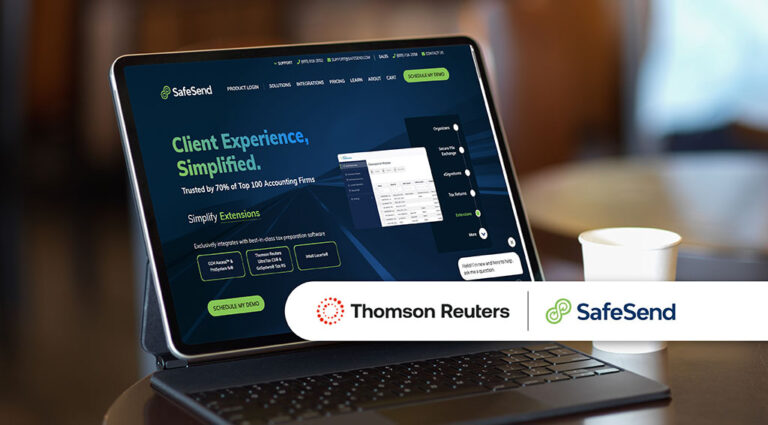Unlocking Savings: How ESG Teams Can Position Compliance as a Cost-Effective Strategy
In recent years, the demand for Environmental, Social, and Governance (ESG) regulations has surged across various regions, prompting businesses to rethink their compliance strategies. While many firms view ESG compliance as a financial burden, there is a growing opportunity for ESG teams to position this compliance as a cost-saving initiative rather than merely a regulatory obligation.
The Misconception of ESG Compliance
Currently, the general perception of ESG compliance is that it serves as a financial strain on organizations. Richard Singleton, Finance & Sustainability Director at Menzies, emphasizes that this view is often due to a misunderstanding of ESG as “red tape” rather than a strategic advantage. He suggests that businesses need to shift their mindset, viewing ESG as a tool for risk reduction and future-proofing.
Integrating ESG into Business Strategy
Singleton asserts, “ESG is not merely about environmental sustainability; it enhances business resilience by addressing potential risks before they escalate into costly issues.” By integrating ESG into their commercial strategies, companies can improve financial stability, governance, and risk mitigation. This integrated approach is more likely to engage board members and foster a productive dialogue around sustainability.
Current Challenges in the ESG Landscape
Despite the increasing regulations surrounding ESG, such as the Corporate Sustainability Reporting Directive (CSRD) and SEC’s ESG reporting mandates, the landscape may face hurdles in the coming years. Shifts in government policies can slow progress, as seen in Europe where dissent regarding CSRD has emerged. For example, French politician Michel Barnier has called for a moratorium on implementing these regulations.
Resistance from Governments and Corporations
Rahul Ramabhadran, ESG Data Analyst at IntellectAI, notes a global trend where liberal governments are being replaced by conservative ones that prioritize financial stability over sustainability. This political shift complicates the implementation of ESG practices, as many corporate boards prioritize immediate shareholder profits.
Pushing Back Against Pessimism
Even amidst these challenges, there are positive developments. Tom Williams, Group Head of Sustainable Business Strategy at Markerstudy, observes a growing recognition of the value added by ESG initiatives. There is a shift in perception, with more companies beginning to see ESG compliance as a means to enhance organizational value rather than just a cost.
Framing ESG as an Investment
For ESG teams to effectively communicate the cost benefits of compliance, they should frame ESG as an investment rather than a mere reporting obligation. By using language that resonates with shareholders and emphasizing the financial implications of sustainability, ESG teams can gain traction in their discussions with stakeholders.
Cost-Saving Benefits of ESG Compliance
Understanding how ESG processes can save money is crucial for pitching ESG compliance as a cost-saving function. Ramabhadran identifies several key areas where prioritizing ESG can yield financial benefits:
- Attracting Talent: The next generation of workers is more environmentally conscious and likely to prefer companies with strong sustainability records, reducing turnover costs.
- Operational Efficiencies: Companies complying with EU sustainability directives can conduct double materiality reviews, leading to increased accountability and potential savings.
- Energy Efficiency Audits: Participation in programs like the UK’s Energy Savings Opportunity Scheme can identify energy-saving opportunities, leading to reduced operational costs.
- Risk Reduction: Investing in ESG early can help prevent reputational damage and legal issues, ultimately saving money and enhancing business value.
Advice for ESG Teams
To improve perceptions of ESG compliance, experts offer valuable advice:
- Speak the Boardroom Language: Highlight ESG’s impact on risk, costs, and long-term financial health.
- Collaborate Across Departments: Successful ESG teams work closely with finance, legal, and strategy teams to integrate ESG into overall business planning.
- Focus on Reliable Data: Ensuring the quality of ESG data helps position sustainability as a necessary step to deliver organizational value.
As regulations around ESG continue to evolve, ignoring sustainability could become increasingly costly for businesses. The Volkswagen controversy serves as a stark reminder of the consequences of sidelining ESG in pursuit of profits.
For more information on Menzies or to explore insights on sustainability and ESG strategies, visit our dedicated pages.







